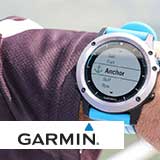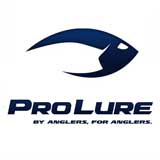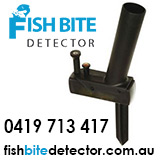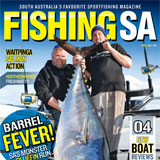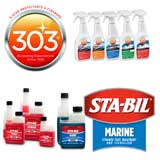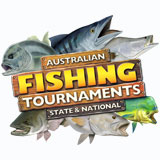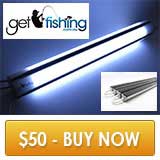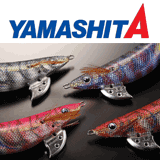Species ID
View AllRed Endeavour Prawn
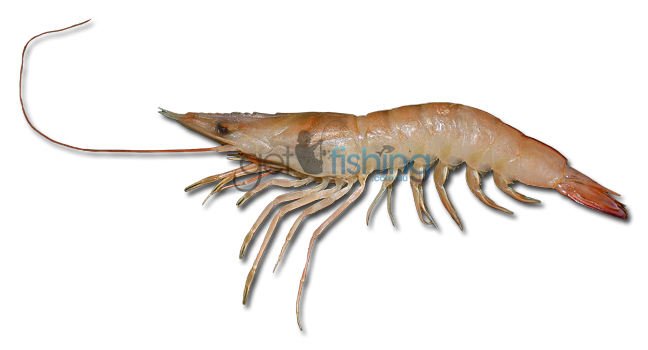
Red endeavour prawns are a tropical to subtropical species with a pale brown to pink body and a distinguishing bright red tinge to the tail. The rostrum, or head spike, does not extend to the back edge of the carapace and has no teeth on the under side. Red endeavour prawns are a bottom-dwelling marine invertebrate that spend much of their time buried in sediment on the sea floor, emerging for feeding, moulting and reproducing. They have a head (carapace), tail, 5 pairs of swimming legs, 5 pairs of walking legs (the front 3 pairs of which have claws) and many pairs of head appendages. They have an external skeleton or shell made from calcium carbonate and chitin, which they must shed so they can grow.
Other names
Offshore Greasyback Prawn
Common size
5-12cm
Related species
Blue endeavour prawn (Metapenaeus endeavouri), School prawn (Metapenaeus macleayi), Greasyback prawn (Metapenaeus bennettae)
Lifespan
1-2 years
Habitat
Juvenile Red endeavour prawns prefer seagrass beds, mudflat and mangrove habitats in shallow inshore waters and estuaries while adults tend to inhabit inshore reefs and lagoons with sand or muddy substrate. They grow up in protected nursery environments then move to deeper offshore waters up to 100m deep as they grow.
Reproduction
Red endeavour prawns are bisexual, with females growing larger than males. They mate in offshore waters where males, which must be hard-shelled at the time, insert a sperm capsule into the female when she is soft and newly moulted. The female uses this sperm capsule to fertilise the eggs internally, before releasing the fertilised eggs into the water soon afterwards. They can spawn more than once per year, depending on water temperature, and females will each produce hundreds of thousands of eggs during each event.
Diet
The diet of prawns varies slightly between species but in general they feed on decaying organic matter, plant material, micro-organisms, and invertebrates such as worms and small shellfish.
Buying tips
Prawns should always be eaten fresh, and if not, could pose as a health threat. When purchasing prawns steer clear of those with an unnatural slimy look or blackening to the head, legs and tail. This usually indicates they are old and no longer fresh. Fresh prawns will be evenly coloured, have a slight shine and smell fresh like the ocean. Make sure the heads and shells look firmly connected and intact.
Cooked prawns taste better when boiled in natural saltwater but in some parts of the country, due to bacterial health risks, it is illegal for professional fisherman to cook prawns in natural salt water. If you’re curious to know how they were cooked ask your local seafood retailer when purchasing.
Information courtesy of Department of Fisheries WA and DAFF QLD.
Red endeavour prawns are found in tropical waters between southern NSW northwards around to Shark Bay WA.
Endeavour prawns are a small to medium-sized prawn with a strong, sweet flavour. Their size and great taste makes them suitable for spicy Asian dishes and curries.
- Are a member of the family Penaeidae (penaeid prawns)
- Distinguished by bright red tinge to tail
- Can grow to 16cm in length
- Usually caught as a by-catch while targeting other prawn species, such as Tiger prawns
- The current Australian annual commercial catch of Endeavour prawns (Blue and Red combined) is between 1000-1500 tonnes

